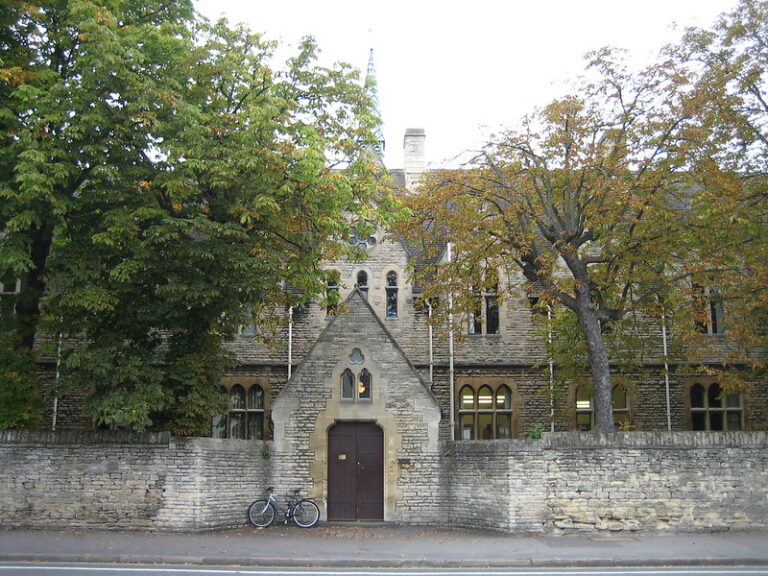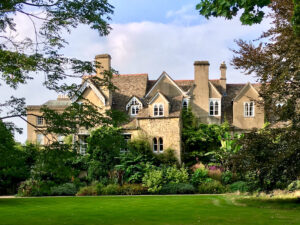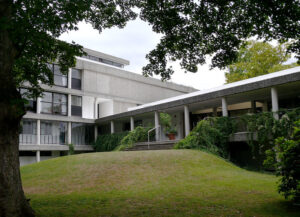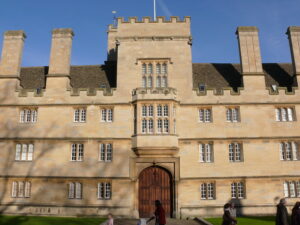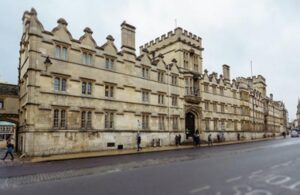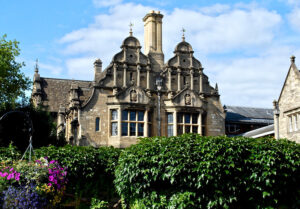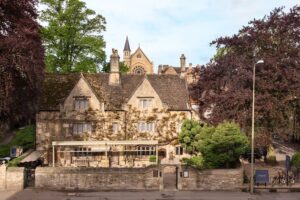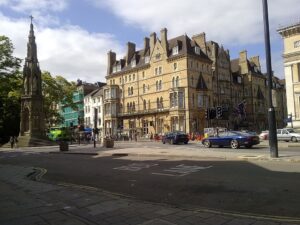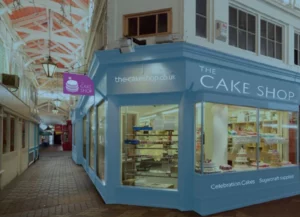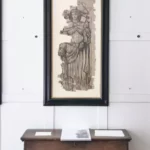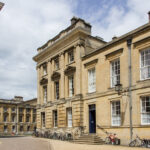St Antony’s College is one of the constituent colleges at Oxford University in England. Founded in 1950 by French merchant Sir Antonin Besse of Aden, St Antony’s specializes in international relations, economics, politics, and area studies. Besse was considering giving around £2 million to the University of Oxford to establish a new college in 1947. His solicitor, R Clyde, who had attended New College, recommended Besse go forward with the plan.
According to the College’s website, St Antony’s has a financial endowment of approximately £43.8 million (as of 2018). Formerly a men’s college, St Antony’s has been coeducational since 1962.
What's the History of St Antony's College?
St Antony’s was founded in 1950, as the result of the gift of Sir Antonin Besse, a merchant who offered around £2 million to the University of Oxford to found a new college. The university was initially unreceptive, but after Besse devoted funds to improving the finances of some of the poorer existing colleges they decided to reconsider his offer and, recognising the need to provide for the growing number of postgraduate students coming to Oxford, gave the venture their blessing. In 1948, the first trustees were appointed. They looked at several properties and finally acquired its current premises at 62 Woodstock Road in 1950. The college’s name alludes to its founder, whose name, Antonin Besse, is derived from the same linguistic root.
The College first received its Royal Charter in 1953 (in 1962 it began to admit women as well as men) and in 1963 St Antony’s became a full member of the University of Oxford. By the end of the decade, within the 260 students, 34 different nationalities were represented.
St Antony’s lack of funds was partly solved under the wardenship of William Deakin, who devoted himself to college fund-raising and secured a number of generous loans from the Ford and Volkswagen foundations. Since then, the college has almost constantly been financially insecure but is now recognised as one of the world’s foremost centres for area studies, including centres for the study of Africa, Asia, Europe, Japan, Latin America, the Middle East and Russia and Eurasia.
The Buildings of St Antony's College
The college’s main building was built in the early Victorian era for the Society of the Holy and Undivided Trinity sometime before 1865. The convent finally opened in November 1868. St Antony’s acquired the former convent in 1950 after it had been vacated by the convent and Halifax House, which had occupied the premises in the immediate post war period.
The building’s chapel was built in the years 1891–1894 to Buckeridge’s original design. It was never consecrated and now houses the college library. The main building’s undercroft was initially used by the nuns as a refectory and is now the Gulbenkian Reading Room.
The Hilda Besse Building
The Hilda Besse Building (or, then, New Building) opened in 1970 and still serves its original purpose of housing the college’s dining hall and graduate common room, as well as a great number of ancillary meeting rooms.
The Gateway Buildings
The completion of the college’s new Gateway Buildings took place in 2013. They provide a new main entrance to the college and form the east, and final, side of St Antony’s first quadrangle.
The Investcorp Building
St Antony’s commissioned the construction of a new centre for Middle Eastern Studies, the Investcorp Building, designed by the Iraqi-British architect Zaha Hadid in January 2013. It was awarded the Sir Hugh Casson Award in 2015 for the worst new building of the year.
What is it Like to Study at St Antony's College, Oxford?
St Antony’s College has some 450 students from over 66 nationalities. Most college accommodation is located on-site, with around 104 en-suite bedrooms. Further rooms are to be found in converted Victorian houses nearby.
Student interests are represented by an elected body, the Graduate Common Room (GCR) Executive.
The college is host to the St Antony’s Late Bar and numerous themed bops, culture/region/country nights, live music events, welfare/charity functions, tastings and launch parties, among others. St Antony’s is a largely informal college, mandating the wearing of academic dress only for matriculation and graduation ceremonies. St Antony’s is one of nine colleges at the university to employ the ‘two-word’ Latin grace: Benedictus benedicat – “May the Blessed One give a blessing” and Benedicto benedicatur – “Let praise be given to the Blessed One”.
There is also a communal dining hall and active sports clubs for football and rowing.
Where is St Antony’s College?
St Antony’s College is located on Woodstock Road (OX2 6JF), Oxford. Tel 01865 284700.
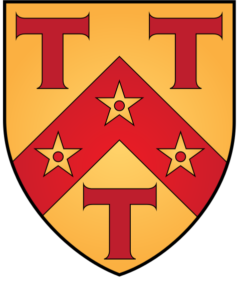
Can you Visit St Antony’s College?
Yes, St Antony’s College is open to the public by appointment only.
